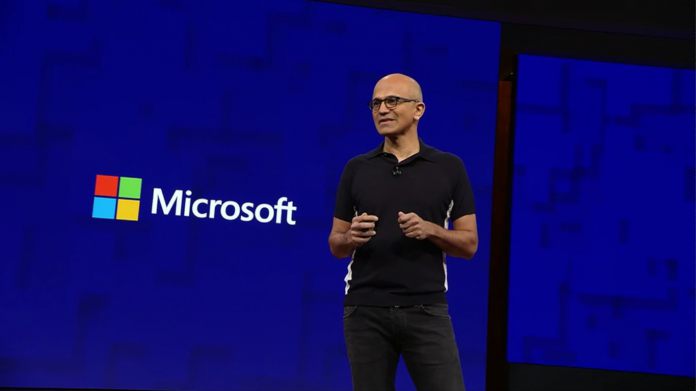Microsoft splits earnings into three categories covering all its businesses: Intelligent Cloud, Productivity and Business Processes, and More Personal Computing. Here’s how those businesses looked over the last three months: However, Office Commercial products not on the cloud fell 25% since last year. Microsoft attributes the decline to an increasing “shift to cloud offerings” in the business community. LinkedIn continues to perform well since Microsoft bought the business social network for $26.2 billion in 2016. Last quarter, revenue for the platform grew 25% year-on-year.
Cloud and Personal
While most Microsoft departments are doing well, it is Intelligent Cloud that has driven the company’s huge success. This is the division that is home to Microsoft Azure and server products. Once again, Azure was thriving over the last three months, with a 50% revenue boost compared to Q3 2020. More Personal Computing is a division that houses Microsoft’s consumer products, such as Windows 10, Xbox, and Surface. Looking at Windows OEM revenue, Microsoft posted a 10% increase. The company says this comes from a solid demand in PC from consumers. This is highlighted by a 44% YoY improvement for non-Windows Pro revenue. Surface saw a decline over the last quarter, dropping 12% since last year, but still totalling $1.5 billion in revenue. It’s unclear why this happened, but Microsoft’s Surface output over the last year has been uninspiring on the computing front. Surface Duo is an interesting Android smartphone, but has not been a big seller. Gaming is continuing to see big gains due to the release of the Xbox Series X and Xbox Series S last November. Revenues increased 50% in total, with Xbox hardware revenue jumping 232% year-on-year. That makes sense considering the already mentioned console launch and the Xbox One ending it’s generation during Q3 2020. Xbox Series consoles have also driven interest in related products like Xbox Game Pass and Xbox Live Xbox Network, which saw a 34% revenue increase. Tip of the day: Did you know you can also use OneDrive to save folders and files in the cloud which are located outside the main OneDrive-folder. Check out our step-by-step tutorial to use this practical method also for your Windows 10-PC.




